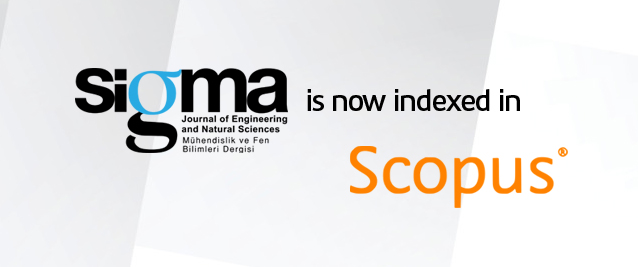2Professor, Department of Mechanical Engineering, Andhra University, Visakhapatnam, India
Abstract
Dissimilar weld joints plays a major role in power generation, electronic, nuclear reactors, petrochemical and chemical industries due to environmental concerns, energy saving, high performance, cost saving and so on.
However efficient welding of dissimilar metals has posed a major challenge due to difference in thermal, mechanical and chemical properties of the materials to be joined under a common welding condition. In the present work dissimilar joints of AISI 304 and AISI 310 steels are produced using Tungsten Inert Gas (TIG) welding. Welding current, wire feed rate, flow rate of gas and edge included angle are considered as input parameters and tensile strength, Impact strength and Maximum bending load are considered as output respo nses. Response Surface Method (RSM) is adopted using Central Composite Design (CCD) and 31 experiments were performed for 4 factors and 5 levels. Tensile strength, impact strength and maximum bending load are measured. Analysis of Variance (ANOVA) is carried out at 95% confidence level. Effect of welding parameters on output responses are studied by drawing main effect plots, contour plots and surface plots. Optimal weld parameters are identified using Response optimizer















